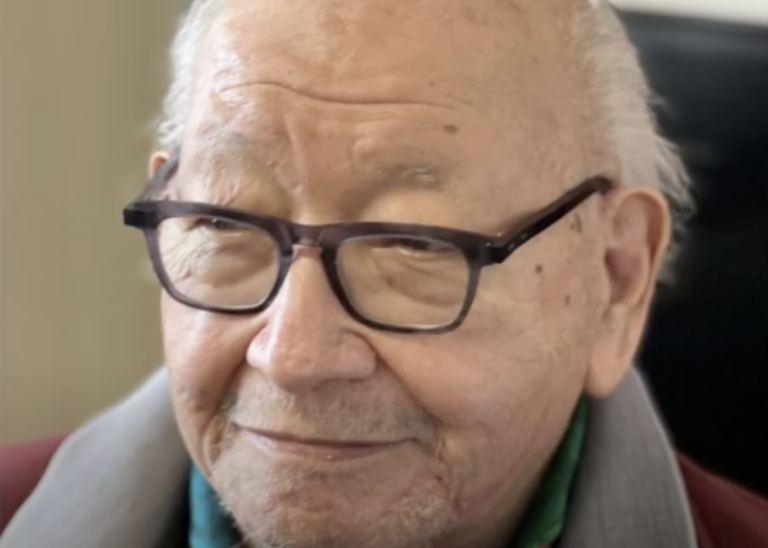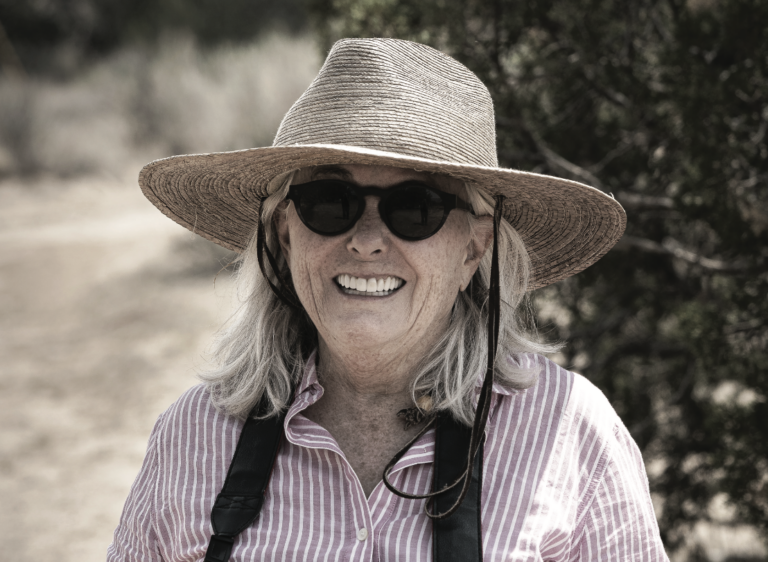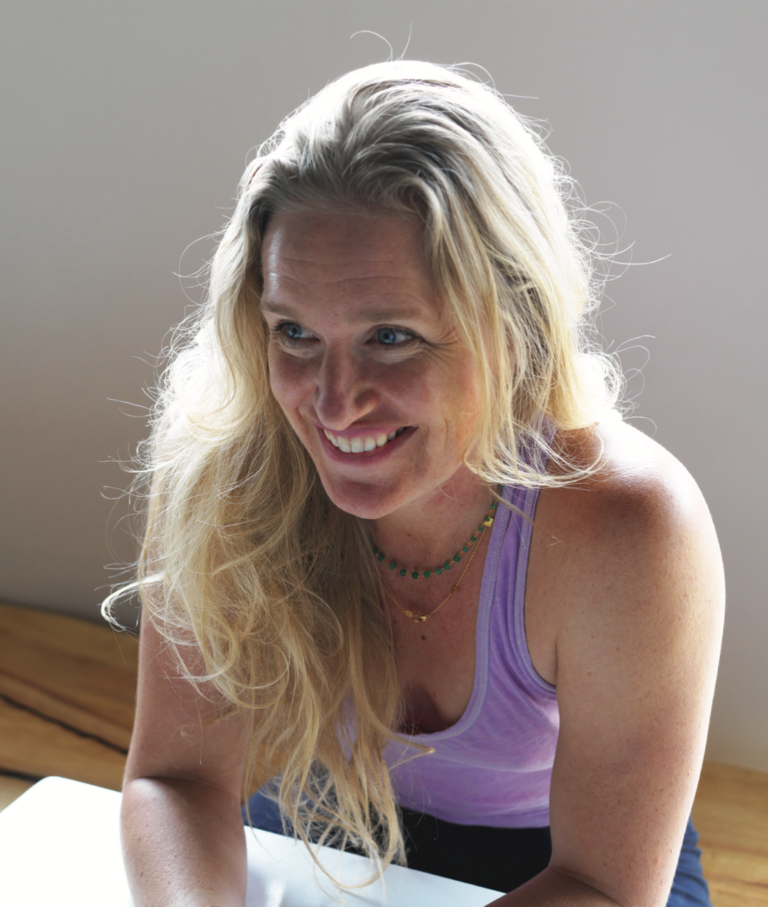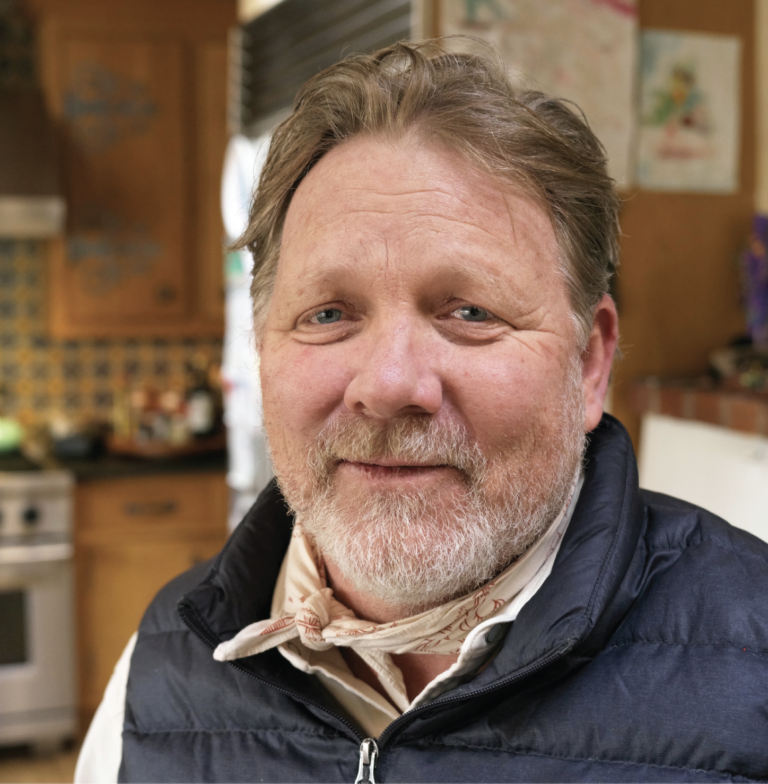MOST PEOPLE WHO MOVE 13 TIMES while growing up consider it a major hardship or a basis for ongoing therapy. Jonah, who is as large as a bear (and unaware of that fact), feels the migratory patterns of his family were a blessing. Every time his father moved his young family to a new home – from the wilds of Alaska to the mountains of Colorado – Jonah got to live in the kind of house locals lived in, observe the materials they used for their building, and see how it all worked or didn’t work. Someday, young Jonah would become an architect and live on Shoofly Street with his brilliant wife Edie and their two kids. On last report, they have no plans to leave Santa Fe.
Thirteen times is a lot.
There was an awful lot of transition that needed to happen from one grade to another. I started changing addresses at age six. Alaska was the first one: Toksook and then Anchorage. I was actually born in Carbondale, Colorado, in the farmhouse for the Redstone Castle, along on the Crystal River. It was really pretty amazing.
Why did you move?
My father responded to an advertisement put out by the state of Alaska in the back of The New Yorker looking for craftspeople to work in remote indigenous villages in order to develop the local craft. They needed to have an economy because as soon as colonization and the exposure to snowmobiles and manufactured food occurred, it basically put them into a welfare state. We lived up there for two years in a 12 x 12 plywood house with my two brothers and my
mom. It was mostly buried in snow ten months out of the year. The town was 500 natives and my family.
After that, out to Davis, California. My father worked at developing an arts program at San Quentin State Prison; it was one of the first federally funded arts programs – “Arts Behind Bars.” My father was a craftsman earlier in his life, and then he went into arts administration. All that moving felt like exposure both culturally and environmentally.
I later lived in Maui, North Carolina, and the Smoky Mountains. And then Telluride in a cabin my family built. All completely different ecosystems. I became really comfortable with materials and how they behave thermally and structurally, things like that. I think that comes from working with them, like working out in the field, and that’s something that’s always been really important to me.
Did it bother you that you had to change friends and groups?
It wasn’t until later in life that I realized there was another way of being. Sort of like that scene where Christopher Robin is bringing Winnie-the-Pooh down the stairs and Winnie’s head keeps on hitting each step – every time he starts having the idea that there might be another way of going down the stairs, his head hits a step again, and he forgets what he was thinking about.
And you ended up in Santa Fe.
Before moving here in 1997, I did manufacturing for Art Expo, Art Chicago, and Art San Francisco, which are these huge international art expos. I designed all the pre-fab wall systems. When I moved here, I was lucky enough to work with Crocker and Associates doing historic preservation for traditional earthen construction, adobes, rammed earth, whatever’s considered un-reinforced masonry construction. That’s really where I learned the benefits of aligning natural materials with construction assemblies.
I also worked as a preparator, building art exhibits for primary shows. We’d work with international artists who would come in and describe what they wanted to achieve for their artwork, and we’d design the entire assembly and build it in a week. I’ve walked around with Cindy Sherman, adjusting every position of her photographs. It really does make a tangible difference, and that’s very architectural. That’s literally almost the definition of architecture because it’s so much about the context that those objects are in. It’s not just the object itself; you’re trying to push the intention with every tool you have.
WANT TO READ MORE? SUBSCRIBE TO SANTA FE MAGAZINE HERE!
Photo Mary Moon








